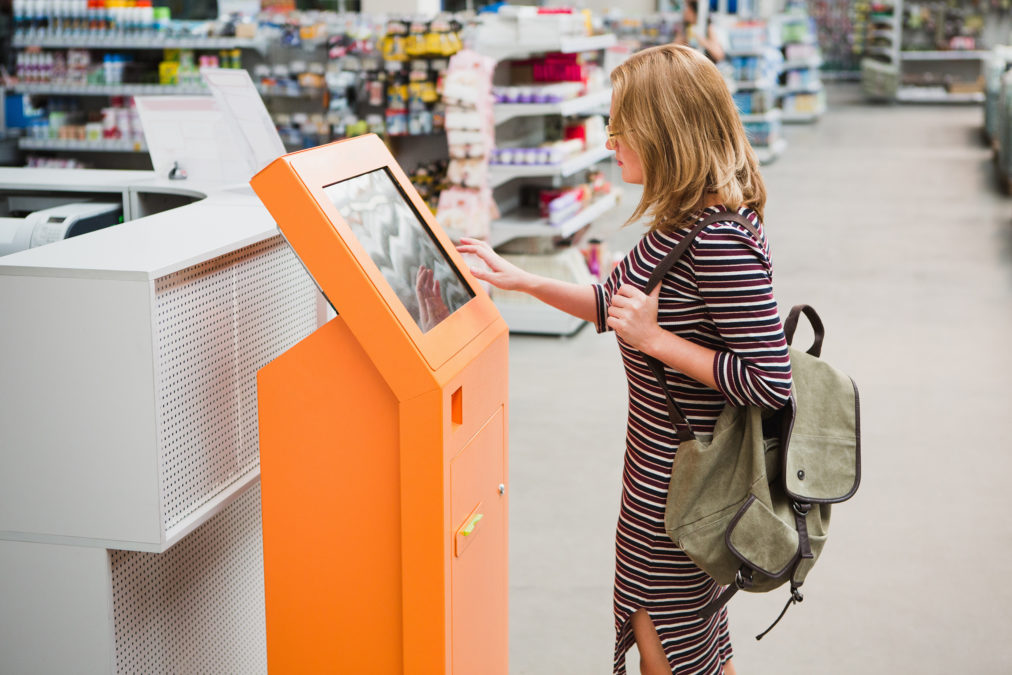In order to cope with the avalanche of digital information and ‘activities’, customers — similar to organisations — will increasingly turn to self-service automation moving forward, according to Gartner.
“There is often a lot of discussion about how organisations continue to invest in artificial intelligence (AI) to save time and money, but we often overlook the next generation of customers being equally amenable to conducting their personal experiences the same way,” said Anthony Mullen, senior research director at Gartner.
“The reality is that customers have to engage with endless digital activities over their lifetime, which means much more data to consider. The trend of customers assigning their endless digital activities to their virtual personal assistants (VPAs), chatbots and other self-service tools will grow over the next 10 years.”
Want to improve customer service? Consider self-service portals for helpdesk
Customer self-service automation
This may have already crept into your lives — self-service is becoming the norm as customers increasingly expect an effortless experience at scale.
According to Gartner, organisations are turning to naturalistic engagement methods, such as voice and other AI-powered technologies, to give customers what they want and achieve higher operational efficiency. In fact, 91% of organisations are planning to deploy AI within the next three years. And, by 2030, a billion service tickets will be raised automatically by customer-owned bots.
“What’s interesting is that when we begin to look at the dynamics of self-service and continued automation by organisations over a longer time frame, cracks begin to appear,” continued Mullen. “The burden of managing and supporting self-services is being taken from today’s support staff and being pushed into customers’ hands. This level of delegation, from ‘DIY’ to customer-led AI, will be a major force shaping customer self-service.”
The four scenarios that represent the future of self-service then become:
1. Do it myself
2. Do it together
3. Let my bot do it
4. Let our bots do it
“As customers embrace these DIY mindsets, they will choose providers that allow them to interact easily with these consumer-controlled touchpoints, like smart speakers and VPAs. Enterprise-provided user interfaces will increasingly play second fiddle to customer-controlled experiences,” added Mullen. “Since customers won’t be able to keep up with the level of self-service required to manage their digital lives, they will delegate to their own bots to manage it for them. The customer self-service of the future is not just about the customers themselves, but both customers and their bots.”
When is self-service technology right for your business?
Generation Z — the most comfortable with automation
There is a desire for automation and the use of AI to save time and money across all generations and use cases.
However, unsurprisingly, Generation Z (those born between 1995 and 2009) is the most amenable to using these technologies to make their lives easier.
By 2030, personal technologies will become the go-to for user experience delivery, suggests Gartner.
As Generation Z will represent the largest customer base through then, it will lead in the use of customer-directed automation technologies to obtain support and value from the organisations they choose to interact with.







